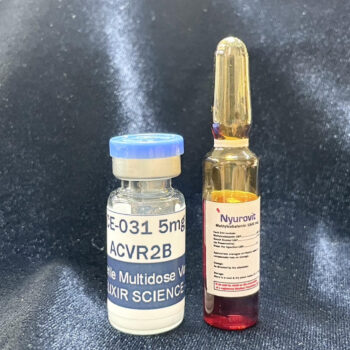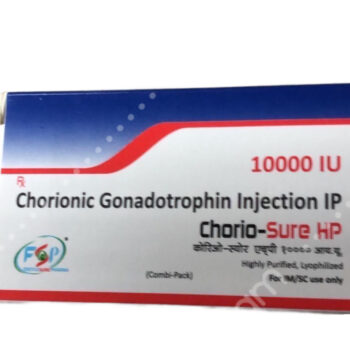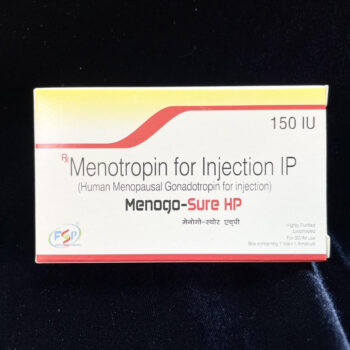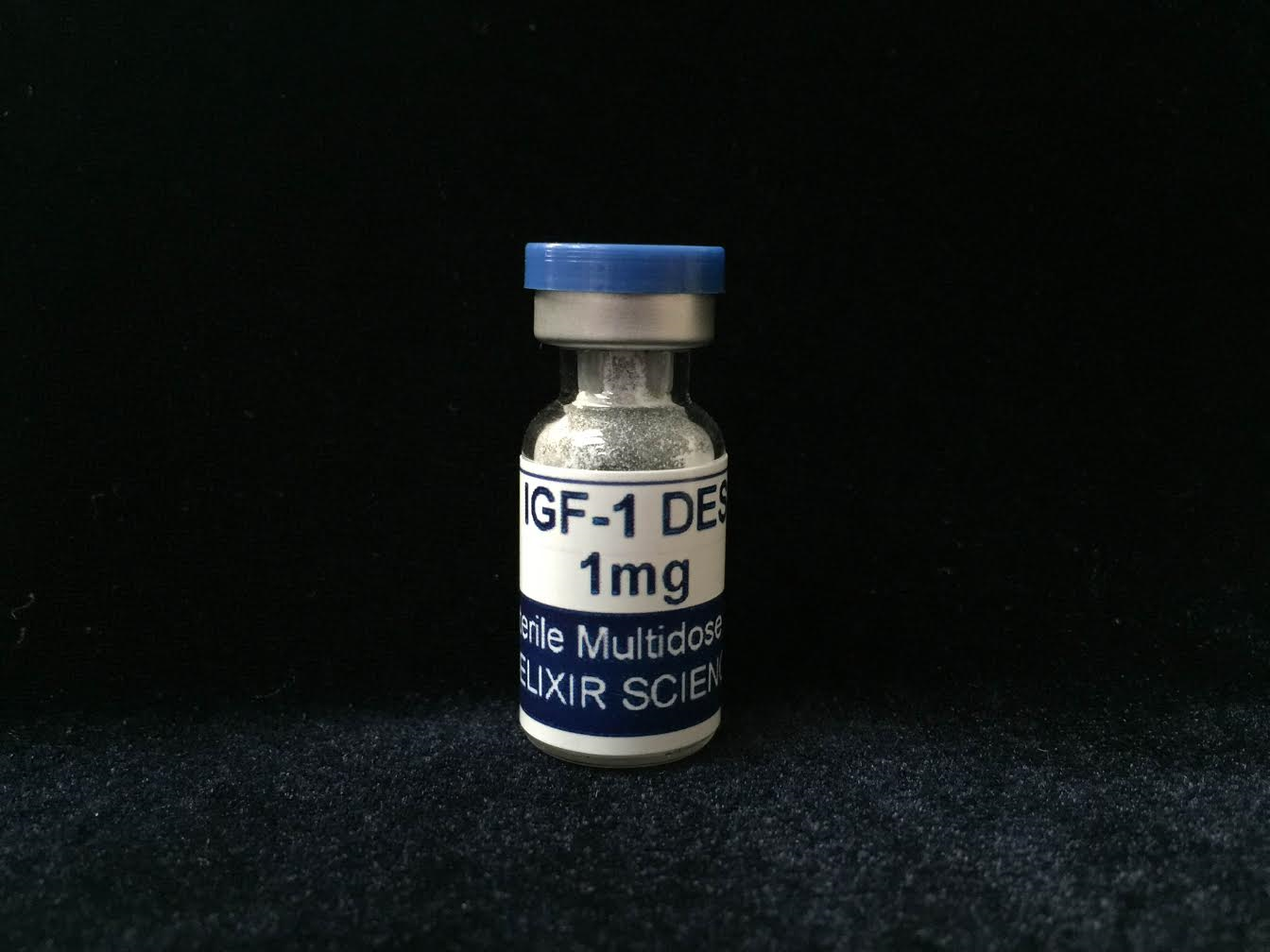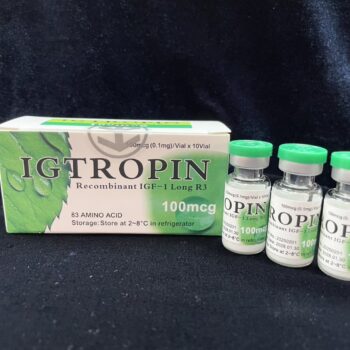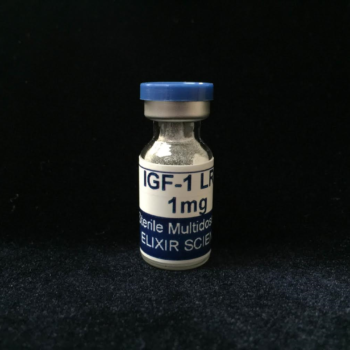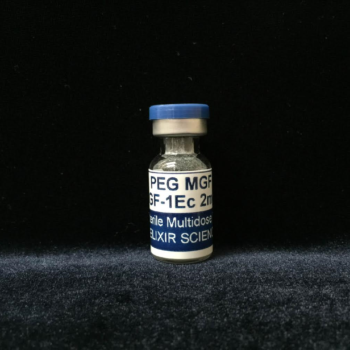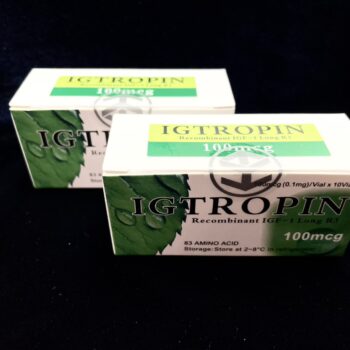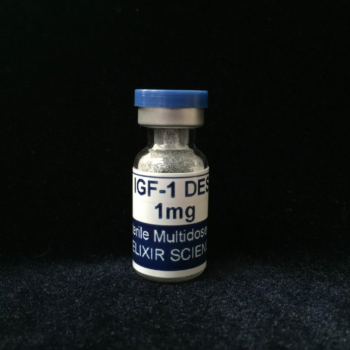**日本旅行のお客様へ**
2020年より発送物が注射物として一時で発見された場合、薬物の提案が求められます
。商品が到着しましたらご連絡させていただきますので、再度送料をお支払いいただいた上で再発送させていただきます。
※こちらの商品は販売後の返金はできませんので予めご了承ください。
IGF-1des(1−3) 1mg + 注射用水
製品説明
インスリン様成長因子-1 DES注射の広範なシリーズをご紹介します。IGF
-1 DESとは何ですか?
IGF1-DES は、体内で自然に生成されるインスリン関連物質またはインスリン類似物質です。 主に肝臓のホルモン系に作用し、エネルギーと脂肪の減少を調節します。 IGF1-DES は細胞生成を促進しIGF
-1 DES は、IGF-1 やその類似物質よりも強力です。
これは、IGF-1 DESの連鎖の持続時間は20~30分ですが、長期的にはより大きな効果が得られることを意味します。して時間の経過とともに変化させたい筋肉に投与する必要があります。
IGF-1 DES は、筋肉によって生成される乳酸に付着することで、トレーニング中の組織の成長を刺激します。そのため、IGF-1 DES は IGF-1 と同等品よりも長く使用できます。
IGF-1 DESをどれくらい摂取すればよいですか?
典型的なプロトコルは、成長を確認したい局所領域に 1 日に複数回 50 ~ 150 mcg の IGF-1 DES を投与することです。
同様に、大腿部に IGF-1 DES を投与する場合は、その領域に直接注入します。
IGF-1 DESの副作用は何ですか?
IGF1-DESは、すでに癌を患っている患者の腫瘍サイズを大きくする可能性があります。 癌を患っていない人には影響しませんが、長期使用後に腫瘍が発生することがあります。
IGF1-DESのプラスの副作用には、脂肪をエネルギーとして利用するように調節して脂肪の減少につながること、老化を遅らせること、その過程で細胞を減らすことで老化を防ぐことなど、IGF-1レベルが低いと、心不全、脳細胞調節およびニューロン機能の低下、筋肉組織の分解につながります。)を増やし、神経組織の再生機能を高め、細胞に過形成を整えて筋肉組織を充実させる能力を高めることができます。
des(1-3)IGF-1 は、天然に存在する内部因性タンパク質であり、薬物であり、インスリン様成長因子 1 (IGF-1) の短縮類似体です。des(1-3)IGF-1 は、IGF-1 の N 末端の最初の 3 つのアミノ酸を欠いています (IGF-1 の70個に対して、合計67この違いにより、
インスリン様成長因子結合タンパク質(IGFBP)への結合が大幅に減少し、IGF-1に比べて有効力が強化されています(生体内で約10倍)。
** In vivo は生体内を意味し、マウスなどの実験動物を使用して生体内に試験物質を直接投与し、生体内または細胞内での薬物反応を検出することを意味します。
IGF1DESの使い方を説明します。
必要なものは、IGF1DES 1バイアル、殺菌剤0.9%厳選 10cc/バイアル、1mlシリンジのみ×10、27G 1インチ針=92円×20で10日分です。
このサイクルは50日間継続することをお勧めします。
殺菌剤0.9%一度1バイアル10cc/バイアルを使います、まずはバイアルから注射用水約2ml吸い上げ、IGF1DESのバイアルに注入し、よく溶かしてから全て吸い上げ、その後元の殺菌剤0.9%をゆっくり吸い上げます。
これにより、IGF1DES 1mg/10ml注射が完了します。
1日100μgなので1mlです。
これを朝、昼、トレーニング前、夕方の4回に分けて、その日にトレーニングする筋肉群または脆弱に筋肉内注射で摂取します。
When using IGF-1LR3 or IGF-1DES, the basic usage is 100 mcg per day, so 1 vial is required in 10 days.
1 cycle 6-8 weeks, 6 weeks x 7 days = 42 (5 vials) 8 weeks x 7 days = 56 times (6 vials)
will become necessary.
I think that the required syringe should be used for the number of days. For example, 56 or 60
The needle to be used is a 27G 1/2 needle for subcutaneous injection of IGF-1LR3, and an intramuscular injection for injection with IGF-1DES, so a 27G 1-inch needle should be used.
Please prepare twice the amount of the syringe to be used.
This is because one needle is used for injecting and sucking into a vial, and when actually injecting, it is injected with a new needle.
Q: Q:
② Injection timing of LR3 and DES
(If you hit in the morning, should you be hungry after the injection, if you hit the muscles, how many hours before or after training, etc.)
A:
LR3
The current mainstream is to drink only amino acid drinks once a day on an empty stomach immediately after waking up in the morning, inject subcutaneously, and then have breakfast as usual about an hour later.
It is most effective to take DES by injection immediately after waking up in the morning and in 4 divided doses at noon, just before training and in the evening.
Be sure to inject to the muscles that are laning that day or to the weak points.
Q: Q:
How does IGF-1LR3 work differently between subcutaneous and intramuscular injections?
A:
Previously, LR3 was taken by intramuscular injection immediately after waking up in the morning and immediately after training.
It is now known that DES, not LR3, has a higher local hypertrophy effect by intramuscular injection.
Since LR3 is a preparation with a long half-life, subcutaneous injection once a day is the mainstream immediately after waking up Asano.
Q: Q:
Measures to prevent hypoglycemia
A:
Eat complex carbohydrates and always carry glucose, etc., and even if you sweat like hypoglycemic symptoms or have anxiety factors, immediately put glucose in your mouth.
It needs to be included so that it can be handled.
IGF-1LR3 is more than effective when used in the same way as IGF-1DES.
In addition, it is a medicinal effect for local hypertrophy due to site injection, but until now
Local hypertrophy of IGF-1LR3 has been a hot topic, but recently, local hypertrophy has been discussed.
Only IGF-1DES and PEG-MGF are mainstream.
If you are aiming for local hypertrophy with LR3, inject it into the target muscle immediately after waking up Asano and immediately after training.
ただし、ターゲットの筋肉群に注射すると、効果の発現が早まる可能性があります。
大胸筋、三角筋、上腕三頭筋など、特に関心のある部位に注射するのが良い方法です。
IGF-1DESとIGF-1LR3の大きな違いは有効時間にあります。IGF-1LR3
は薬効が長いため、最近では体内中のあらゆる筋肉群に1日1回皮下注射して効果を
発揮させる方法がとられることが多くなっています。
IGF-1DESは薬効時間が短いため、体内に薬剤が流れ込み、効果を発揮したい場所にすぐに届くようにすることが目的で、
部位注射を行います。PEG
-MGFは、筋力トレーニング後に損傷した筋群に注射して、損傷した筋群の修復を目的として使用します。

